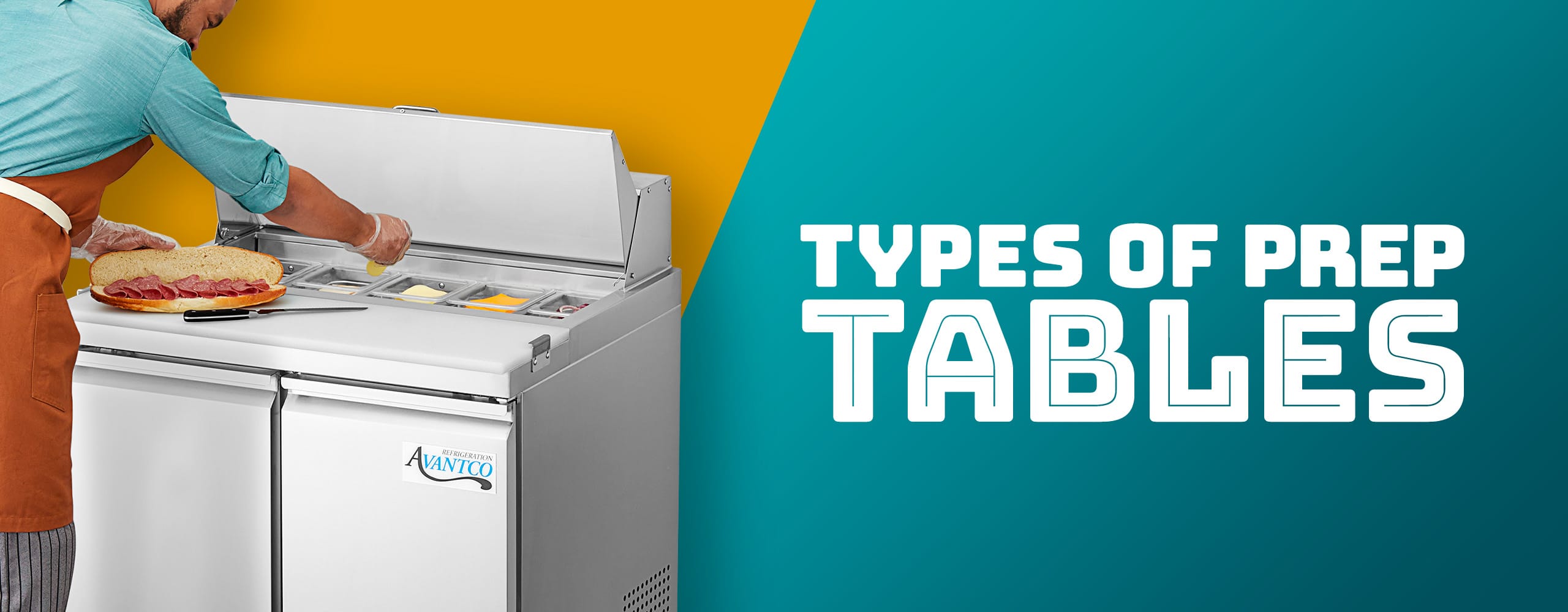To replace a refrigerator compressor, first unplug the fridge and remove the back panel. Next, disconnect the compressor from the refrigerant lines and electrical connectors.
Replacing a refrigerator compressor is a critical task that typically requires professional expertise, but it can be a DIY project for those with the right skills and tools. A malfunctioning compressor can lead to a refrigerator not cooling properly, which can spoil food and drinks.
This task involves handling refrigerant, which in most places requires a certified technician due to environmental regulations. Ensuring the fridge is disconnected from power is crucial to prevent electrical shock. Safety gear, like gloves and eye protection, should be worn at all times. The job also necessitates precision, as proper disconnection and reconnection of the refrigerant lines and electrical connectors are vital for the new compressor to work effectively. Remember, the warranty on your fridge could be voided if you attempt this repair yourself.

Credit: www.tcl.com
Recognizing Compressor Failure
If your fridge starts acting up, you might suspect the compressor is to blame. This integral part keeps everything cool. Spotting the signs early could save your refrigerator from a complete breakdown.
Common Symptoms Of A Malfunctioning Compressor
Listen, feel, and observe – these simple actions can tell you a lot about your fridge’s health. Your fridge’s compressor might fail if you notice:
- Warm Interior: The fridge feels warmer than usual.
- Strange Noises: Buzzing or humming sounds occur.
- Tripped Circuit Breakers: Fridge trips the electricity often.
- Difficulty Starting: Compressor struggles to start.
- High Energy Bills: Your energy costs suddenly go up.
Diagnosing The Issue With Your Refrigerator
To fully diagnose, you may need a technician. Yet, here are some things you can do:
- Unplug the fridge: Safety comes first.
- Access the compressor: Usually at the back or bottom.
- Inspect coils: Look for dust or damage.
- Test with a multimeter: Check for electrical issues.
Take notes on your observations. These will help if you need professional help.
Essential Tools And Materials
Starting your fridge compressor replacement requires the right set of tools. This guide ensures that you gather all necessary materials before beginning the process. You will need a variety of hand tools, safety equipment, and the new compressor. Each tool serves a specific purpose to help you complete the job efficiently and safely.
Tool Checklist For Compressor Replacement
Be prepared with the following items:
- Socket set: For bolt removal.
- Adjustable wrenches: To disconnect tubes.
- Screwdrivers: To open the panel.
- Needle-nose pliers: For small clips.
- Multimeter: To check electrical connections.
- Torque wrench: To secure bolts correctly.
- Refrigerant manifold gauge set: For refrigerant levels.
- Vacuum pump: To evacuate the system.
- Refrigerant recovery system: To capture used refrigerant.
Safety Gear And Precautions
Stay safe with this gear:
- Safety goggles: Protects your eyes.
- Gloves: Prevents hand injuries.
- Ear protection: Reduces noise impact.
Always remember:
- Work in a well-ventilated area.
- Follow proper electrical safety protocols.
- Handle the refrigerant with caution.
- Wear the gear throughout the replacement process.
Preparatory Steps Before Replacement
Before diving into the details of replacing a fridge compressor, let’s equip ourselves for the task. Safety first, right? The following preparatory steps will set the stage for a smooth compressor replacement journey.
Unplugging And Moving The Fridge
Safety comes first. Always unplug your fridge from the power source before starting any repair work. To make the compressor accessible, you must move the fridge away from the wall.
- Clear a path to ensure you can move your fridge easily.
- Ask someone to help with the heavy lifting if needed.
- Once unplugged, gently roll the fridge forward.
- Protect your floors by placing floor sliders under the fridge legs.
Removing Refrigerator Contents And Shelves
With the fridge moved, it’s time to empty it completely. Take everything out, starting with the contents to the shelves.
- Begin by removing all perishable items.
- Place them in a cooler with ice to keep them fresh.
- Lift out the shelves and bins, cleaning them as you go.
Note the order of the shelves to ensure easy reassembly later. This will make your post-repair life simpler.

Credit: www.istockphoto.com
Removing The Old Compressor
Embarking on the mission to replace your fridge’s compressor? The heart of the refrigerator, called the compressor, often requires a professional touch, but for the handy DIY enthusiasts, removing the old compressor is the first crucial step. Gear up with the right tools and safety gear, and let’s delve into the nitty-gritty of dismantling the old unit.
Accessing The Compressor Compartment
To start, unplug your refrigerator. This step ensures safety from any electrical hazards. Position the fridge for easy access to its backside, where the compressor compartment is typically located. Most models feature a panel secured by screws; remove these using a screwdriver. With the panel off, the compressor is now in view, ready for disconnection.
Detaching Electrical Connections And Mounting Bolts
Caution is key when managing electrical components. Snap a photo of the current setup; this serves as a handy reference for rewiring the new compressor. Detach the wires connected to the old compressor. Next, remove the mounting bolts that secure the compressor to the fridge using a socket wrench. With the bolts out, the compressor is ready to be freed from its chamber. Ensure all connections and bolts are kept safe; they’re needed when installing the new compressor.
Installing The New Compressor
With your old compressor out, it’s time to install a new one. Follow these steps carefully to ensure your refrigerator runs smoothly again.
Securing The Compressor In Place
Mounting the new compressor is crucial for its efficient operation. Place the compressor into the dedicated area in your refrigerator.
- Align the compressor with the mounting holes.
- Use a socket wrench to secure the bolts.
- Ensure it’s firm and stable before proceeding.
Reconnecting Electrical Wires And Tubing
- Locate the wiring harness and gently connect it to the compressor’s pins.
- Match the wires by color or label.
- Secure the connections with electrical nuts if needed.
Next, tackle the tubing:
- Slide the copper tubes into compressor fittings.
- Use a wrench to tighten these connections and ensure no leaks will occur.
- Double-check all connections for security.
Once everything is connected, your fridge is ready for a test run.
Post-installation Steps
Congratulations on successfully installing the new refrigerator compressor! Now, it’s time to ensure everything works smoothly with some important post-installation steps. Double-checking your work secures the lifespan of your fridge and its contents. Let’s guide you through the final checks and balances.
Checking For Leaks And Test Running
First off, checking for leaks is crucial. To do this:
- Use a soap solution around the connections.
- Look for bubbles that indicate leaks.
Once you’re certain there are no leaks, it’s test running time. Follow these steps:
- Plug in the fridge.
- Set the thermostat to the middle setting.
- Allow the fridge to cool for a few hours.
- Check the temperature inside to confirm it’s cooling.
Replacing Covers And Restoring Fridge Contents
After a successful test run, replace any access panels or covers. Ensure all screws are tight and secure. With all covers in place, you’re ready to restore the contents. Remember these points:
- Make sure all food items are still fresh and safe to eat.
- Neatly arrange contents for efficient air circulation.
Carefully restock your fridge. Checking expiry dates and wiping containers prevents future odors and maintains hygiene. With these final touches, your fridge is back to prime condition, ready to keep your foods fresh and beverages chilled.
Maintenance Tips To Extend Compressor Life
Preserving the heart of your refrigerator—the compressor—is crucial for efficiency and longevity. Thoughtful maintenance ensures that this vital component keeps its cool. Implement the following steps to enhance your refrigerator compressor’s life expectancy.
Regular Cleaning Recommendations
Cleanliness is key to a healthy compressor.
- Unplug the fridge: Safety comes first.
- Access the compressor: Locate it, usually at the back or the bottom.
- Use a brush: Gently remove dust and debris.
- Vacuum: Clear out the loose dirt.
- Clean the fan: Ensure it spins freely.
Temperature Optimization For Efficiency
Optimal settings prevent compressor overwork.
| Kitchen Temperature | Recommended Fridge Setting | Recommended Freezer Setting |
|---|---|---|
| Below 60°F | Medium | Medium-Low |
| 60°F – 70°F | Medium-High | Medium |
| Above 70°F | High | Medium-High |
Adjust settings according to the table above. Aim to avoid extreme cold. Make sure the door seals tightly.

Credit: www.webstaurantstore.com
Frequently Asked Questions For How To Replace A Compressor In A Refrigerator
What Are The Signs Of A Faulty Refrigerator Compressor?
A faulty refrigerator compressor often manifests through a fridge that’s not cooling properly. You may also hear unusual noises or experience the fridge turning on more frequently. These symptoms suggest the compressor might need replacing.
Can I Replace My Fridge Compressor Myself?
Replacing a fridge compressor is possible but not recommended for DIY. It requires specific tools and knowledge of refrigeration systems. Professional assistance is advised to ensure safety and efficiency, plus it often comes with a warranty.
How Much Does A Refrigerator Compressor Replacement Cost?
Costs for replacing a refrigerator compressor can vary widely. Depending on the fridge model and labor charges, expect to spend between $200 to $650. High-end models or complex installations may increase the cost.
How Long Should A Refrigerator Compressor Last?
Typically, a refrigerator compressor should last between 10 to 15 years. Proper maintenance can extend its lifespan, while constant use, power surges, and lack of care might shorten it.
Conclusion
Replacing your refrigerator’s compressor might seem daunting, but it’s manageable with the right tools and a step-by-step guide. Remember to prioritize safety and consider professional help if needed. Your efforts will ensure your fridge runs efficiently, keeping your food fresh and your energy bills low.
Stay cool and tackle that repair with confidence!

